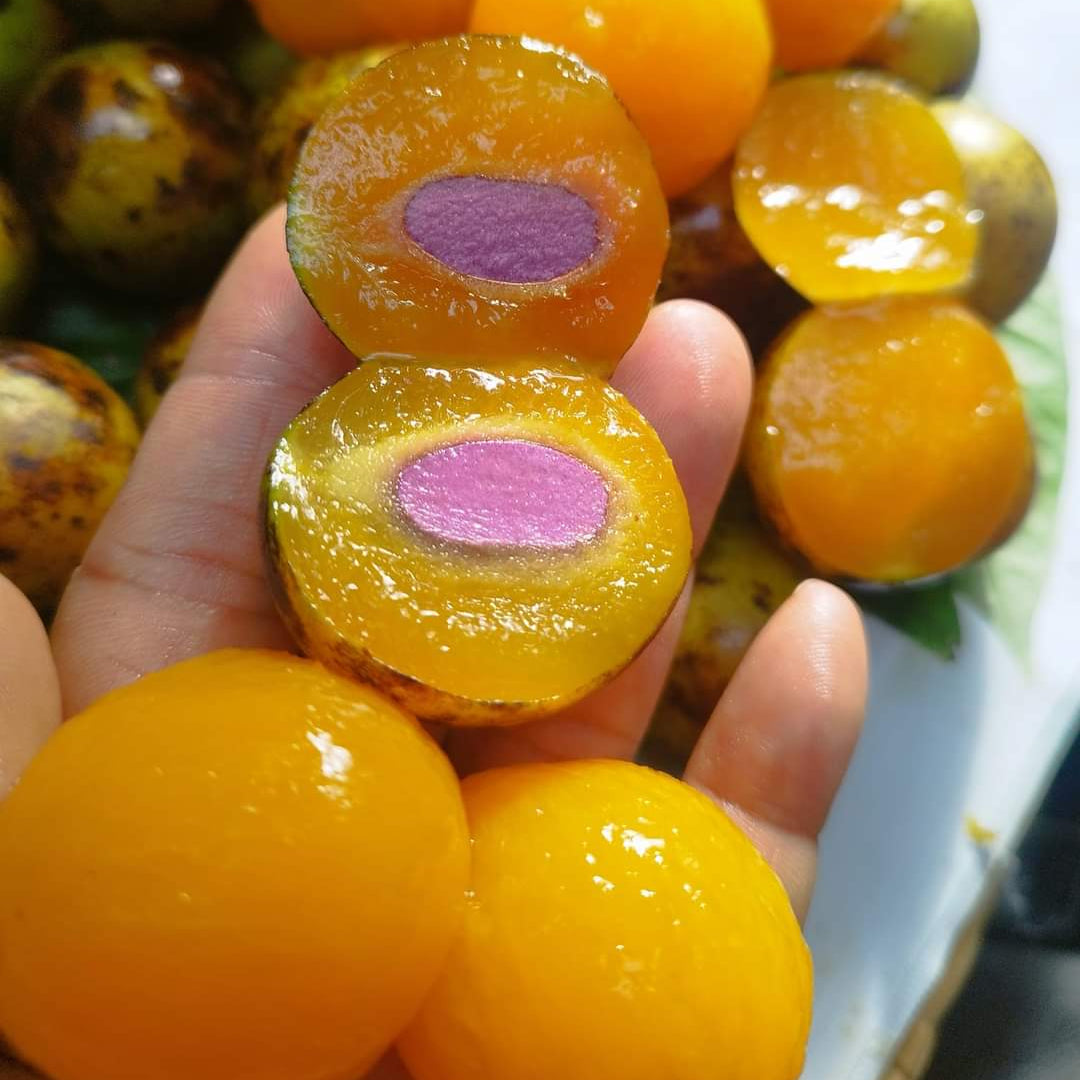Love it? Add to your wishlist
Your favorites, all in one place. Shop quickly and easily with the wishlist feature!
[message]
[title]
[message]





Veliyath Gardens
Couldn't load pickup availability
The Maparang fruit, also known as Gandaria, Plum Mango, or Mango Plum, is a tropical gem native to Southeast Asia. With its vibrant orange flesh, sweet and tangy flavor, and remarkable health benefits, this fruit is cherished across the region. A member of the mango family, it combines the best of mango and plum characteristics, offering a sensory and nutritional delight. Let’s explore the rich details of this unique fruit, from its origins and benefits to its cultivation, culinary uses, and cultural significance.
Maparang (Bouea macrophylla) is a small to medium-sized tree native to Southeast Asia, flourishing in countries like Thailand, Malaysia, and Indonesia. The fruit is oval-shaped, about the size of a plum, with a smooth, orange skin that reveals a juicy, vibrant orange pulp inside. Its flavor, often described as a mix of mango and plum, is a delightful balance of sweetness and mild tartness.
The tree is a close relative of the mango, sharing its botanical family, Anacardiaceae, and thrives in tropical climates. It is prized not only for its delicious fruit but also for its ornamental value, with its lush green foliage and small, fragrant flowers.
Maparang fruit is a nutritional powerhouse, providing essential vitamins, minerals, and antioxidants.
Maparang’s juicy, orange flesh has a sweet or sweet-and-sour taste, reminiscent of mango and plum. Its tangy undertones make it refreshing, especially during the summer.
In Southeast Asia, the Maparang tree holds cultural value, often planted in home gardens as a symbol of abundance and prosperity. The fruit is a part of festive dishes and is frequently exchanged as a token of goodwill. Its tangy pickles are a traditional staple, reflecting the culinary heritage of the region.
The Maparang tree plays a vital role in supporting biodiversity:
The Maparang Fruit Plant (Bouea Macrophylla) is more than just a tropical delicacy; it is a symbol of health, culture, and natural beauty. Its juicy, tangy sweetness, combined with its impressive nutritional profile, makes it a must-have for fruit enthusiasts and health-conscious individuals alike. By adding Maparang to your garden and diet, you not only embrace a tropical treasure but also enrich your life with its taste, health benefits, and cultural legacy.
Climate: Thrives in tropical climates with high humidity and warm temperatures.
Soil: Prefers well-drained, fertile soil with a neutral to slightly acidic pH.
Sunlight: Requires full sunlight for optimal growth and fruit production.
Boosts Immunity: Its high Vitamin C content strengthens the immune system and prevents common illnesses.
Improves Digestion: The fiber content promotes smooth digestion and prevents constipation.
Supports Bone Health: Calcium and phosphorus are crucial for strong bones and teeth.
Lowers Cholesterol: The fruit’s compounds help regulate cholesterol levels, reducing the risk of heart disease.
Maparang (Bouea macrophylla) is a small to medium-sized tree native to Southeast Asia, flourishing in countries like Thailand, Malaysia, and Indonesia. The fruit is oval-shaped, about the size of a plum, with a smooth, orange skin that reveals a juicy, vibrant orange pulp inside. Its flavor, often described as a mix of mango and plum.






